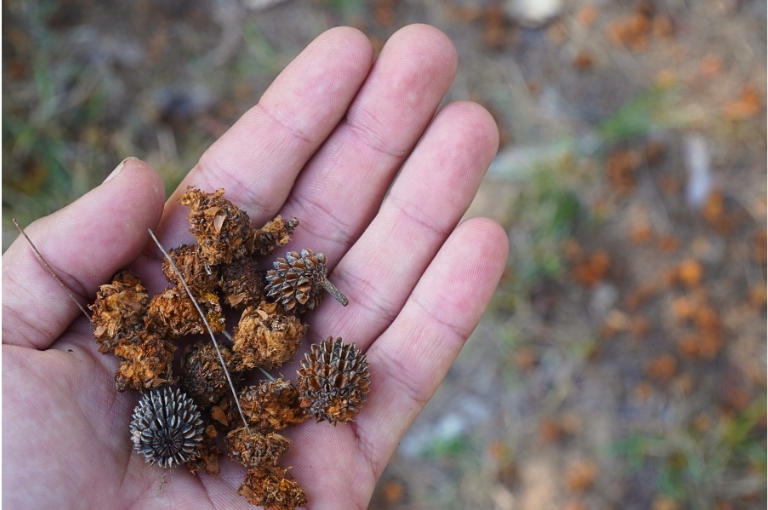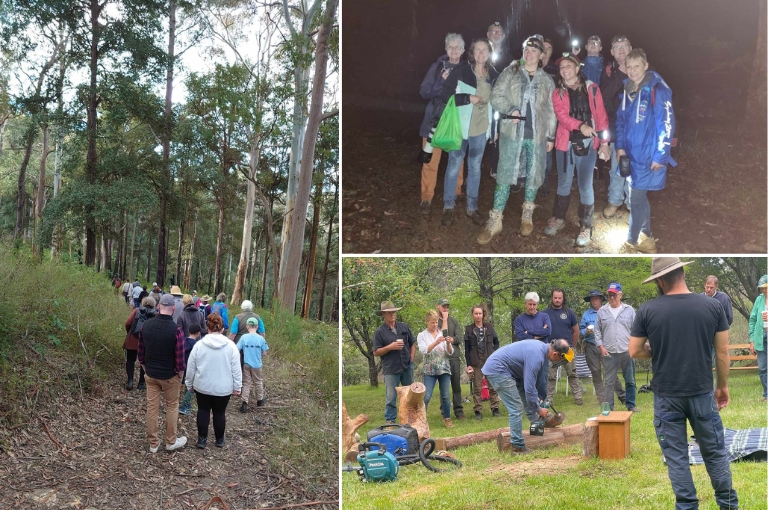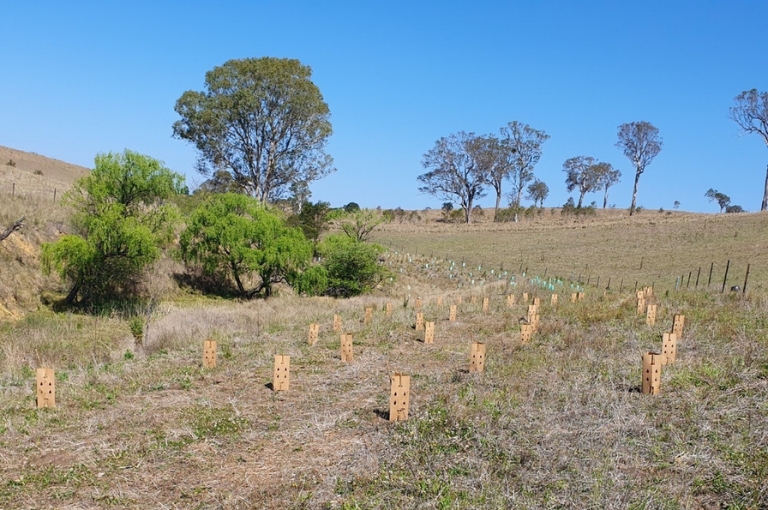
Over 32,000 stems have been planted, habitat connectivity improved across more than 10,000 hectares and hundreds of new homes created for wildlife over the past two years through a partnership between GER and WIRES.
As part of Glideways, Flyways and Stepping Stones, GER’s regional partners have been working with landholders in three landscapes in NSW to assist dozens of wildlife species still recovering from the Black Summer bushfires.
This includes collecting she-oak seeds and planting food trees in Nymboida to encourage glossy black-cockatoos back to the bushfire-impacted region; creating hundreds of new hollow homes for greater gliders and other animals in the Hawkesbury-Nepean; and working with dairy farmers in the Bega Valley to create stepping stones of habitat across farmland.
Hundreds of local landholders, community members and other volunteers were involved in the project.

“With the essential support that WIRES provided, we were able to expand our bushfire recovery program to support animals in need in more parts of the Great Eastern Ranges. The landscapes we selected as a focus for the project were those that were particularly badly hit by the 2019-2020 bushfires,” says Gary Howling, CEO of GER.
“The science-based project aimed to give nature the extra support it needs to recover, while also building the resilience of wildlife populations and their habitats in the face of future climate disasters.”
Gary says that the project has uncovered many additional opportunities for on-ground works that expand and build on the existing effort.
“There were many more landholders who were interested in being involved in the project. Whether that be by installing nest boxes, protecting and restoring habitat on their land, or helping to collect important species data. Every bit contributes to that bigger picture outcome.”
“If additional funding becomes available, we can turn that community goodwill into meaningful action,” says Gary.

Regional project partners included Clarence Landcare, Mountains for Wildlife, Hawkesbury-Nepean Landcare Network, Valley for Wildlife, Bega Cheese and the Regional Circularity Cooperative.



 Article
Article